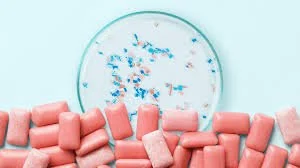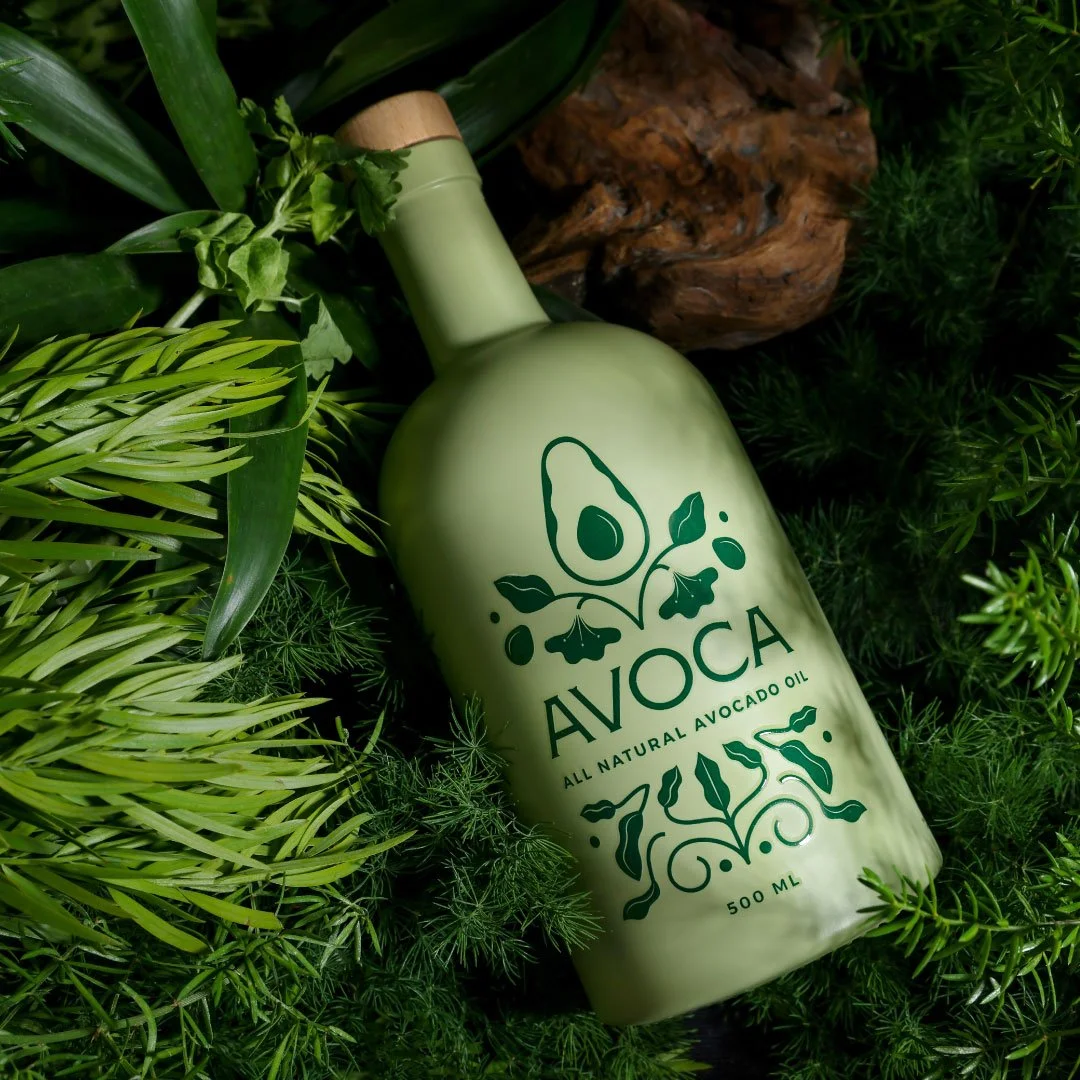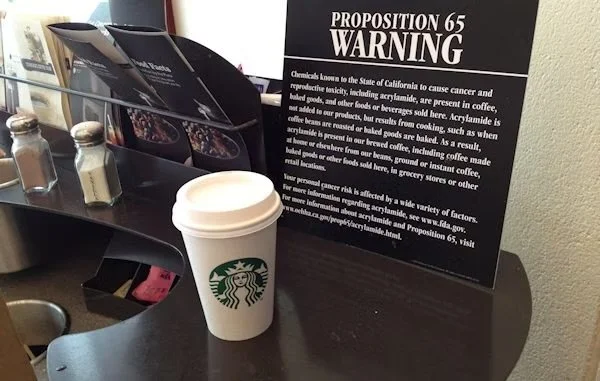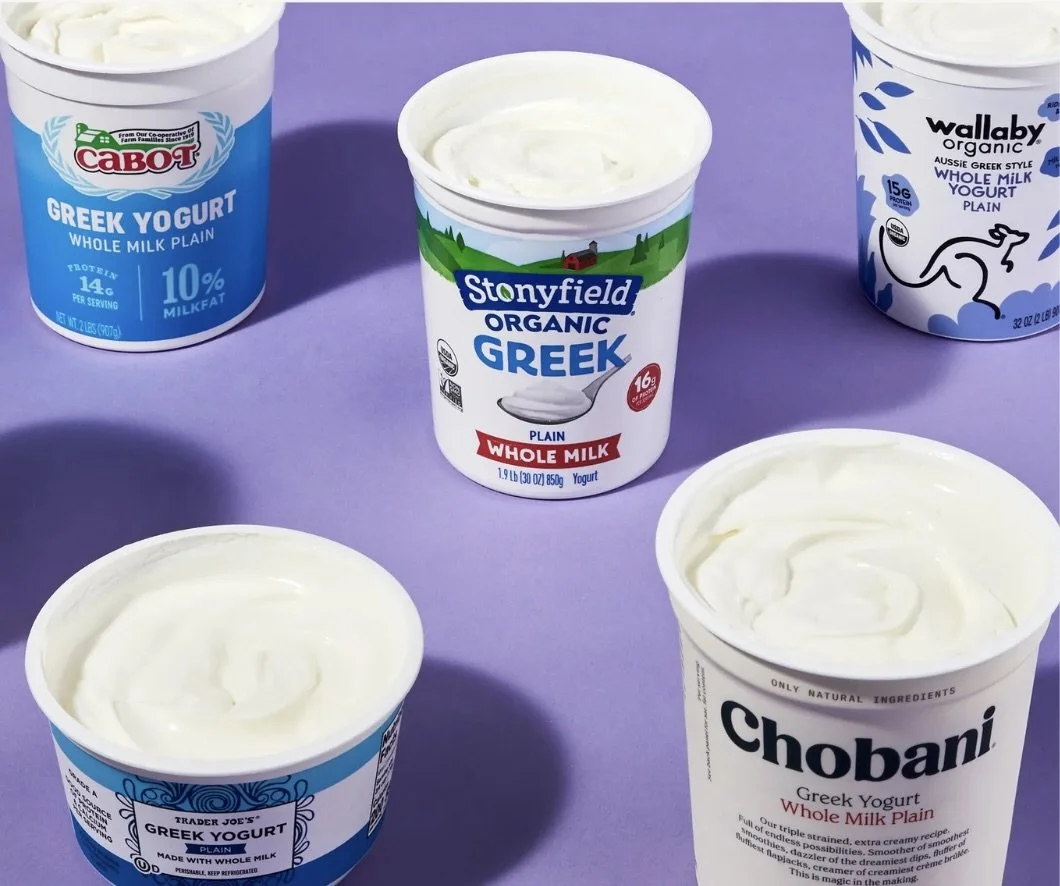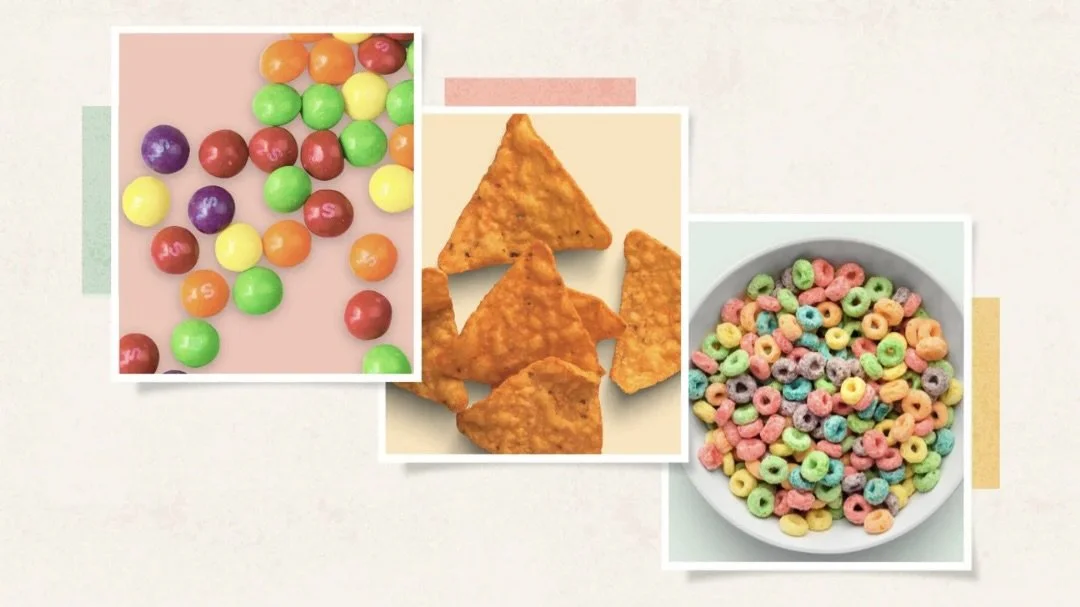Could Ozempic Be Stealing Your Muscles—Here’s What Science Really Says!
A study published in Cell Metabolism utilized a mouse model to examine the impact of GLP-1 medications on muscle mass. The findings revealed that the decrease in lean muscle mass was approximately 10%, which is lower than some earlier studies had suggested.
What Are You Really Chewing: Your Favorite Gum Could Just Be Microplastics in Disguise
Most conventional chewing gums found on grocery store shelves—yes, even the ones labeled "natural"—use a synthetic base made from plastic polymers. That means what’s stretching between your teeth isn’t just flavor and fun, but the same family of materials used to make tires, plastic bags, and glue. Gross, right?
The ‘Triple-Washed’ label Scam —Experts Recommend Thoroughly Washing and Drying, as Studies Link Bagged Greens to Rising Colon Cancer in Young Adults
Eating clean has long been the millennial mantra—green juices, plant-based everything, and of course, salad. But new research is flipping that narrative on its head. A recent study has linked a common stomach bug found in tainted leafy greens to the alarming rise of colon cancer in people under 50. Yes, your salad might be hiding more than just extra kale.
Acrylamide in Coffee: Is Your Starbucks Safe?
Starbucks argue that the levels of Acrylamide in coffee are not harmful and that the benefits of coffee outweigh the risks
Greek vs. Whole Milk Yogurt: The Truth Will Make You Gag—Doctors Weigh In!
The Truth Will Make You Gag—Doctors Weigh In!
Synthetic Hair & Cancer: The Toxic Truth That Could Be Killing You
Recent findings reveal a concerning truth: synthetic braiding hair may contain harmful chemicals, including carcinogens
Your Underwear Might Be Harming you — Here’s What You Need to Know
Let’s talk about something we wear every single day but rarely think about: our intimates. Yep, those silky bras and cozy panties might not be as innocent as they seem. The fabrics and dyes used in lingerie can mess with your hormones, affect your mood, and even lead to long-term health issues.
From Gummy Bears to Frosting: FDA Targets Toxic Colors in Food
In a significant shift toward cleaner food labeling, the U.S. Food and Drug Administration (FDA), in collaboration with the Department of Health and Human Services (HHS), announced plans to phase out all petroleum-based synthetic dyes from the American food supply by the end of 2026.

